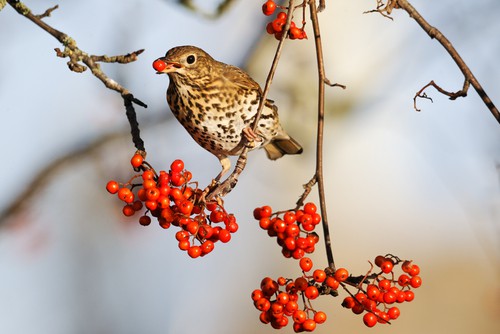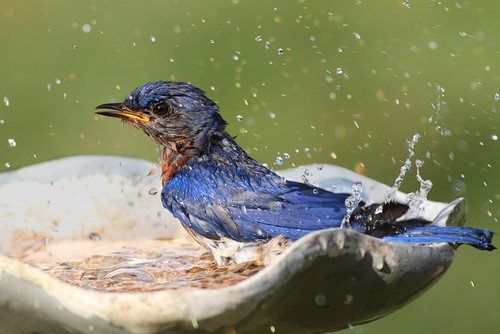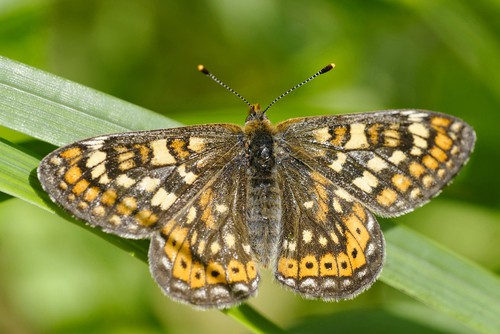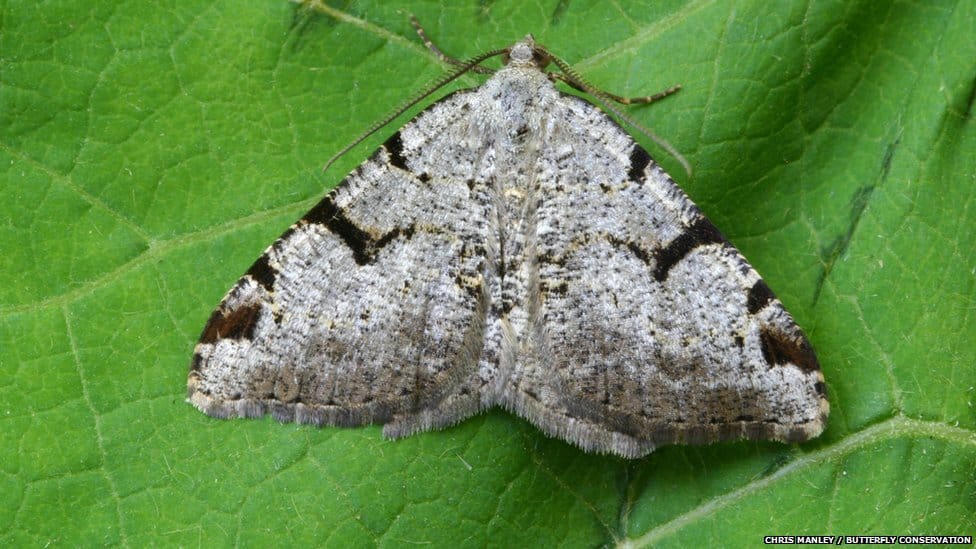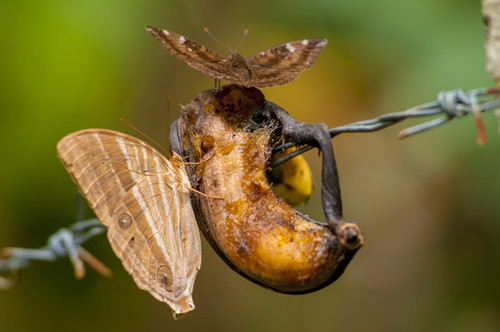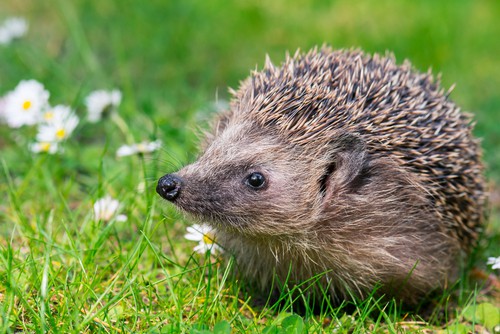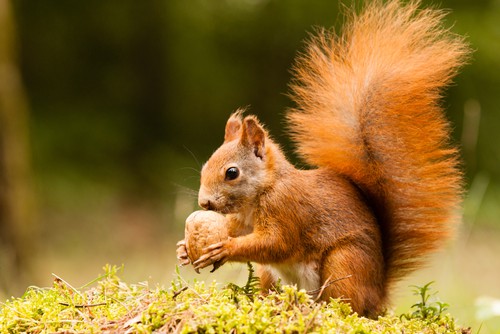If you have always been keen in protecting and welcoming wildlife into your own garden, besides setting up attractive outdoor furniture pieces and other garden implements, keep up the good deed! If not, this could be the best, and probably the high time, for you to give a serious thought about these living creatures.
Here’s why.
In an unprecedented State of the Nature report gathered from 25 wildlife organisations in the UK, nature lost 60% of the 3,148 wildlife species studied across the European countries over the past 50 years. It’s health check identified 155 of these species as most threatened and vulnerable.
The assessment was released in 2013, but the population trend of these closely monitored species continue to struggle against endangerment, or worse, extinction.
And the sad part doesn’t end there.
You might think of this wildlife as creatures remote to deep woods and distant waters. But in the Nature report, most of the species included in the study – and found vulnerable to threats – are common animals and plants that used to thrive in and cheer up our gardens and farmlands. If we don’t act now, our gardens will soon lose precious lives and the ambience that make it a comfortable outdoor seating and sanctuary.
So, what are these priority species we need to watch over? And how?
BIRDS
Birds make any place a chance for discovery, they make a garden seem wild, they are a little bit of wilderness coming into a city park, and for a bird watcher every walk is filled with anticipation. What feathered jewel might drop out of the sky next? — David Allen Sibley, , Ornithologist/Author
The sobering truth is: The bird species is threatened with global extinction. In UK alone, 44 million breeding birds were lost in the region since the late 1960s.
Lesser Spotted Woodpecker
Dendrocopos minor
Of the three common species of woodpeckers, the Lesser Spotted Woodpecker is the smallest and becoming less and less familiar sight in the gardens. Its plumage lacks the heavily streaked and patched feathers of the Greater Spotted Woodpecker. It has a gentler “kek” call and lighter drumming on wood than its “black and white” woodpecker counterpart but possess the same undulating flight when in the open.
They are seen foraging for insects and larvae usually on treetops and small branches. If you earnestly want to see them, the best time would be spring, when there are not too many leaves around.
An International threat and marked decline in the UK, the Lesser Spotted Woodpecker have undergone a 73% decline in the last 25 years, due to loss of orchards and deciduous trees.
Northern Lapwing
Vanellus vanellus
It has a distinct “peewit” call from which it’s popular name was derived from, whilst its proper name “lapwing” suggests a fluttering flight.
They frequent on farmlands and feed on insects and worms, but during the breeding season, they prefer wet natural grasslands and eat root crops.
An International threat and marked decline in the UK, they are decreasing at a moderately rapid rate and is now on Red List. They suffer as a result of intense land use, drainage of wetlands, and collection of their eggs by humans.
Song Thrush
Turdus philomelos
Who can resist the delight of this bird’s singing and repeating of song phrases? All year round you can hear their loud songs and see them when bushes and trees abound in the gardens, parks, and woods.
They especially love to feed on earthworm, but when the summer makes the ground too hard to catch a worm, they shift to a snail diet by tapping and breaking the shells on stones. They may also compete with people for fruits.
Song thrush is moderately declining in the UK and gain an international concern for the plight of common garden birds. The decline is attributed to unsustainable agricultural practice, cutting of hedgerows, even competition with blackbirds.
What You Can Do at Home
Leave a food and watch them come
Feeding birds make a great pastime for any bird enthusiast, the family, and even kids. So the next time you needed an easy but great bird garden idea, this activity suits just right.
And to help you get a good view of your visiting birds’ colours and listen to their sweet singing, put up bird feeders right on your balcony or in the backyard.
A few guides:
- Try different food options from sunflower seeds, thistle, shelled and cracked corn, peanuts, rapeseed, canary seed, raw oats, and a mixture of them. Add some food bars, cooked rice, live food and other insect food. This will help attract a variety of birds at different seasons.
-
Prepare quality hanging mesh or plastic feeders to keep their food clean and out of rodents and other pets’ reach. Keep your feeder clean to avoid diseases from transmitting among the birds. Try moving the location of your feeders after a year, too. Keep a good amount of feeds
-
Keep a good amount of feeds all year round but make sure to remove and refill them with new food especially after a season has passed.
Freshen them up with a bird bath
Fresh water can be scarce for our flying friends, especially during the summer. What a relief it would be if they could find clean water to drink and splash in right in your backyard.
To help them cool off and maintain their beautiful feathers:
1. Make a bird bath out of shallow bowl, large plant tray, salvaged sink, and other colourful DIY bird bath. That is if you haven’t a ready-made one.
- Get a good view of your bird bath, one that is noticeable all around but near a bush or tree to dart in when predators come.
-
Still for their safety, secure your bird bath with bricks or large stones. Add some pebbles and stones inside the bath to give the birds a good grip or avoid slipping into the water.
-
Fill in with tap or rainwater. During hot weather, keep the water new and in winter, ice-free.
BUTTERFLY and MOTH
Butterflies conjure up images of the sunshine, the warmth and colour of flowery meadows, and summer gardens teaming with life. – Butterfly-conservation
Fact File: The state of the UK’s butterflies (2011) concluded that 72% of species had decreased over the previous ten years, including common “garden” butterflies that had declined by 24%.
Marsh Fritillary
Euphydryas aurinia
Most colourful and brightly patterned wing of the fritillary species, the Marsh Fritillary once captivated Britain with their warmth and tiny beauty. They come in varied chequered patterns of orange, brown, and yellow, giving a vivid feel of the blossoming months.
You can find them breeding among damp grasslands and woodland clearings, mostly in colonies of several groups close to one another.
Now classified as an International threat and marked decline in the UK, their numbers severely fell over the twentieth century. In RSPB’ reserve in Cumbria, their population dropped from 200 to only three in 2000.
Large Heath
Coenonympha tullia
The Large Heath has eye spots on the underside which varies among different subspecies; some have rows of it, others don’t. They are said to be a special kind of butterfly as they confine themselves to boggy areas. And at rest, adult butterflies have a habit of closing their wings.
Cotton grass forms an important part of their diet.
The huge loss of habitat and large-scale drainage works contributed to their decline and uplist to an International threat status.
V-moth
Macaria wauaria
V-moth is a large moth that favours vegetation and allotments where fruits abound. Their soft brown wings span 25-30mm and show darker brown streaks.
Their population have declined to a staggering 99% due to loss of habitat and the use of pesticides on growing fruits.
What You Can Do at Home
Grow flowers especially for them
True, butterflies love hanging around beautiful flowers, but they visit only a few ones regularly. These include heavily pollen- and nectar-laden blooms like marigold, zinnia, Blue porter weed, and butterfly bush. If you’re up for a great show of these lovely creatures, then dig in some of these butterfly favourites and enjoy a much more beautiful flower garden.
To get the best of butterfly sightings:
1. Choose the best flowers for these pollinators in every season of the year. And make sure to plant them in a great range. These flowers will also effectively attract other pollinators like bees.
- Butterflies love to bask in the warmth of the sun so position your flowering plants where they can get full sun.
-
Keep your plants healthy, especially during the summer months, by taking a well-rounded gardening practice.
Give them a sugary treat
Aside from nectar, butterflies love to nibble on other sweet boosters like our all-time favourite bananas. Bananas make a healthy treat notably during autumn when most flowers bloom shyly.
RSPB have this simple banana feast prepared:
- Take an old banana or choose a fresher one. Massage the whole fruit gently with your fingers until the inside becomes mushy. Then use a knife to cut into three or small cuts across the sides.
-
Leave your banana meal in a sunny area near your flowering plants or vegetation. Then watch the butterflies feast on it.
MAMMALS
Study shows: The state of Britain’s mammals (2011) highlighted the decline of hedgehogs and the ongoing loss of red squirrels.
West European Hedgehog
Erinaceus europaeus
A rounded and hairy garden mammal, hedgehog spend most of their day nestling on leaves and grasses and foraging in the night. They possess good hearing and sense of smell, are fast runners, climbers, and they swim, too. When these unsuspecting creatures are attacked, they roll into a tight ball and expose their spines.
Hedgehog feeds on slugs, snails, earthworms, beetles, and birds’ eggs.
But their defence is no good against humans’ use of lawnmower and garden chemicals, the construction of new roads and buildings, and even bonfires. Of the 36 million hedgehogs in the region, only a million remain in 2013.
Red Squirrel
Sciurus vulgaris
Chestnut coat, cream underside, and very familiar fluffy tail, Red Squirrels never fails to adore. They are much smaller than the non-native Grey Squirrels. They build their nests out of sticks and moss high up in tree branches.
Foraging make up most of their activity, and they especially like to seeds, flowers, leaves, and fruits, but can also take a diet of insects, fungi, and birds’ eggs.
Once the free-roaming native of UK, Red Squirrels have continuously been pushed out of their territories by the larger and tougher grey squirrels. The spread of disease also played a painful role in their decline.
What You Can Do at Home
Prepare them a banquet
Encourage the charming terrestrial mammals into your garden by augmenting their food source. Hedgehog and red squirrels have quite a big appetite and feeding them can be easy as their choice of food might just be around your kitchen store.
Guide to preparing food:
- Save a wood or plastic box with removable lids and find a safe place to serves as their feeding station.
-
For hedgehogs, stuff your box with sunflower hearts, chopped nuts, cooked potatoes, minced meat, and a good amount of water.
-
For squirrels, feed them with healthy food like fruits and vegetables and a few nuts and seeds treat.
-
Keep their feeding station clean by removing any leftovers and refilling the dish daily.
Make your garden a nature by-way
Make your backyards a bit more inviting and easy to enter in and navigate for the garden mammals. RSPB calls it nature highways and byways, a great family activity that will be a sure hit to the wildlife.
Here’s how to create a simple garden for wildlife :
- Check your fences and see where it’s suitable to create a small gaps or hole. Then grow some long grasses or other garden plants right next to the hole.
-
Some mammals like to roam discretely among tall grasses and lawn, so if you could manage to rest your lawnmower for a while, let the grasses grow into a natural meadow.
-
Cloak your fences, pergolas, and walls with climbing plants to allow some climbing terrestrials to climb in.
-
Plant hedges, shrubs, and trees. They are perfect for sheltering and a great source of food for wildlife creatures.
If you want to take your wildlife advocacy to the next level, you can always find a wildlife organisation to support a similar cause, volunteer at your local nature reserve, or take part in contributing knowledge about nature’s issues through popular surveys.
The wildlife, even the ones as close to our backyard, is in trouble because of “many and varied” elements. But hope is strong in light of the various individual volunteers and organisations who come together to show genuine concern for the wildlife creatures.
You can be part of that hope, too, no matter how little.
Resources:
Bird Life International http://www.birdlife.org/
Royal Society for the Protection of Birds http://www.rspb.org.uk/
UK Butterflies http://www.ukbutterflies.co.uk/index.php
Butterfly-Conservation http://butterfly-conservation.org/
Joint Nature Conservation Committee http://jncc.defra.gov.uk/
Wildscreen Arkive http://www.arkive.org/
Country File Magazine http://www.countryfile.com/




